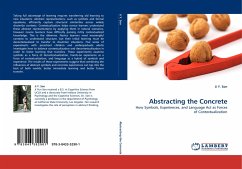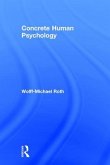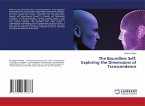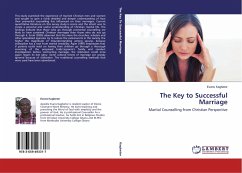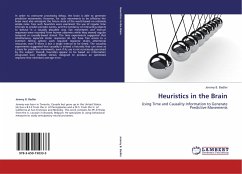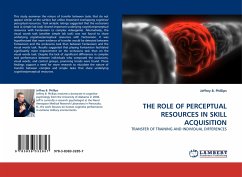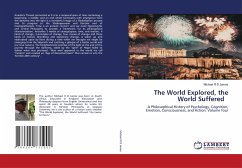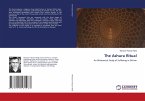Taking full advantage of learning requires transferring old learning to new situations. Abstract representations, such as symbols and formal equations, efficiently capture structural similarities across widely dissimilar contexts. Contextualization helps novice learners understand these abstract representations by applying them in natural scenarios, however novice learners have difficulty parsing richly contextualized knowledge. This is the dilemma. Novice learners need meaningful contexts to understand structure, but their initial learning must be decontextualized to transfer to dissimilar situations. Five series of experiments with preschool children and undergraduate adults investigate how to balance contextualization and decontextualization in order to foster learning that transfers. These experiments examine symbols as a force of decontextualization, hands-on experience as a force of contextualization, and language as a hybrid of symbols and experience. The results of these experiments suggest that combining the influences of abstract symbols and concrete experiences can tap into the best of both worlds: better immediate learning and better future transfer.
Bitte wählen Sie Ihr Anliegen aus.
Rechnungen
Retourenschein anfordern
Bestellstatus
Storno

